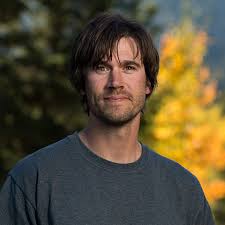
BEDFORD – The Moon’s shadow will soon sweep across the United States on April 8 for the highly anticipated total solar eclipse.

Canon “Explorer of Light” Keith Ladzinski, a National Geographic Photographer and Emmy-nominated director shared these tips and tricks for capturing this incredible moment.
Keith’s tips for capturing a perfect shot of the eclipse:
Choosing a Camera: While just about any camera can work, consider Canon’s EOS R series for a solar eclipse. Full-frame cameras like the EOS R5 or R8 offer high quality, while APS-C cameras like the EOS R50 or R100 provide a larger sun disk due to their smaller sensor size.
Choosing a Lens: Choose a lens based on your desired sun or moon size relative to your camera’s sensor. Consider lenses like the RF15-30mm F4.5-6.3 IS STM Lens for wide-angle shots during a solar eclipse.
Choosing a Solar Filter: Select a solar filter with CE or ISO certification for safe viewing and photography. Make sure it covers the front of your lens and rear filter trays for super telephotos. Avoid using ND filters for direct viewing, as they may not block harmful light. Improper filters can damage your camera.
Choosing a Tripod and Head: Use a sturdy tripod to prevent fatigue during the lengthy eclipse. Opt for one with four-section legs for portability and ensure it reaches eye level without fully extending. Choose a suitable head, such as an equatorial, gimbal, or ball and socket, for aiming your camera upward during the event.
What to do when the eclipse happens: Use a solar filter for partial phases, remove it 15 seconds before totality for the diamond ring effect, and five seconds before for Baily’s beads. During totality, photograph the corona. Reapply the filter after totality for remaining partial phases. Be cautious of direct sunlight without the filter.
Camera Solar Exposure: You can achieve better eclipse photos by using manual exposure mode, testing your equipment and solar filter beforehand, and periodically checking your settings on eclipse day for optimal results.



